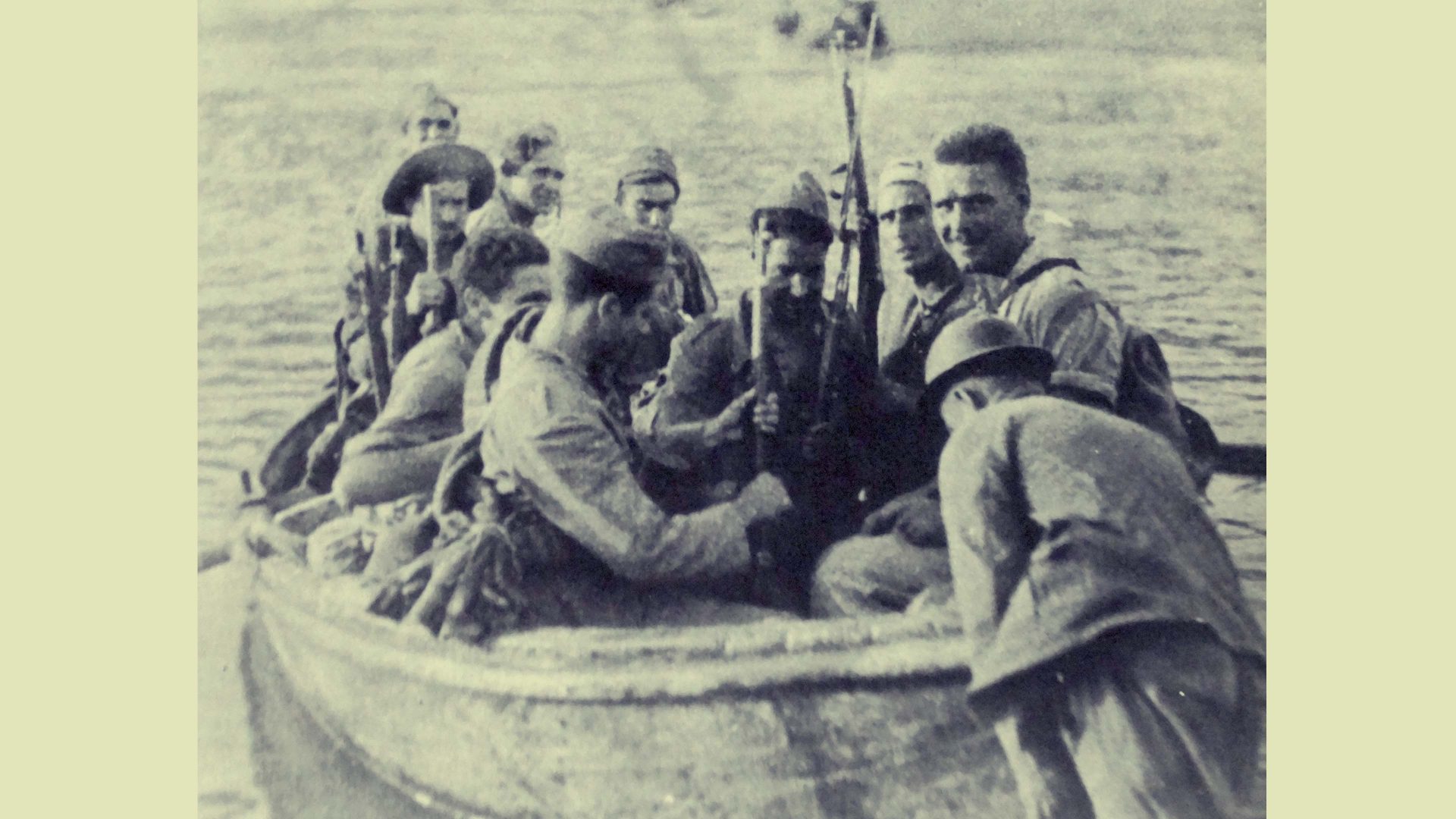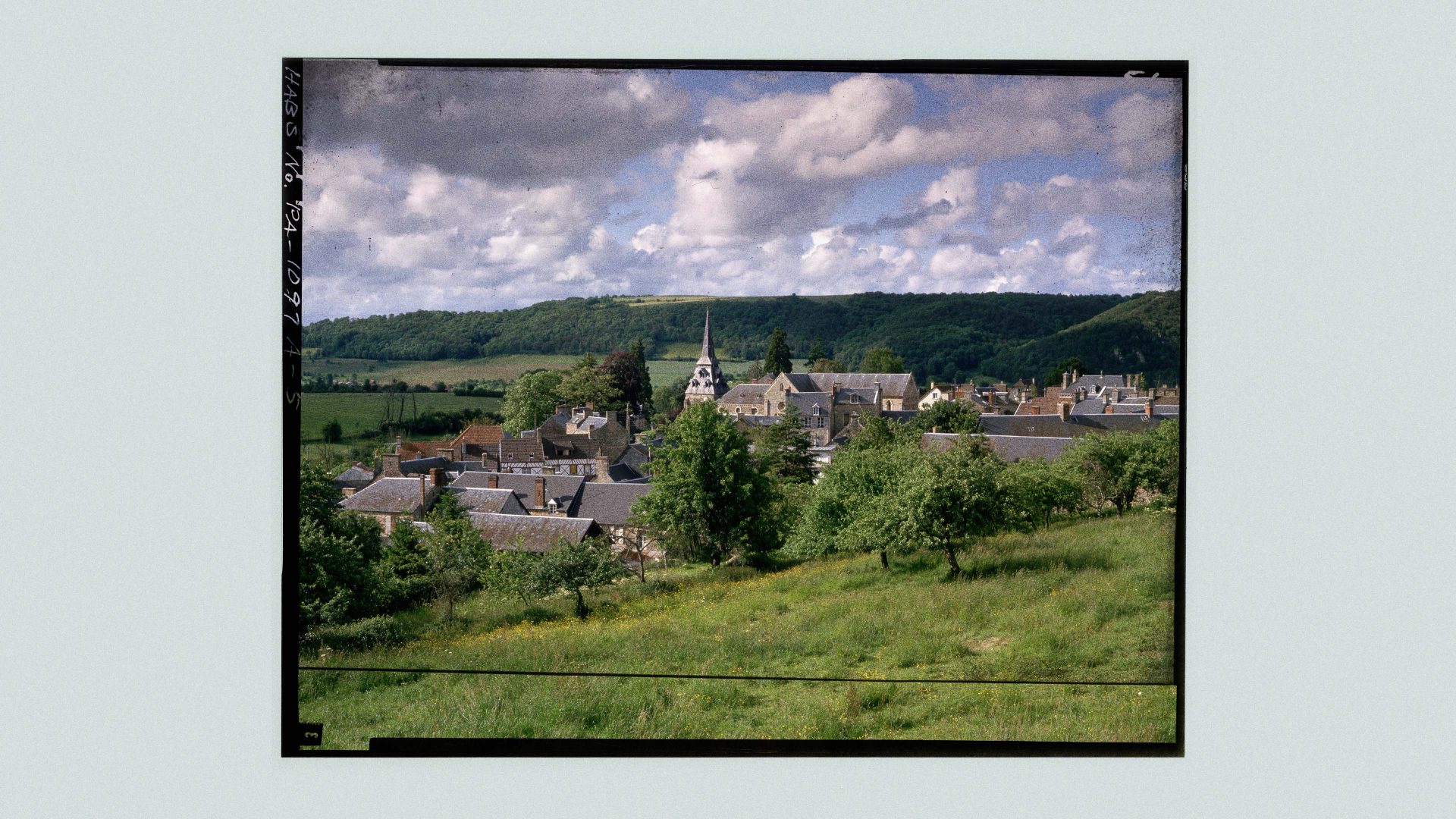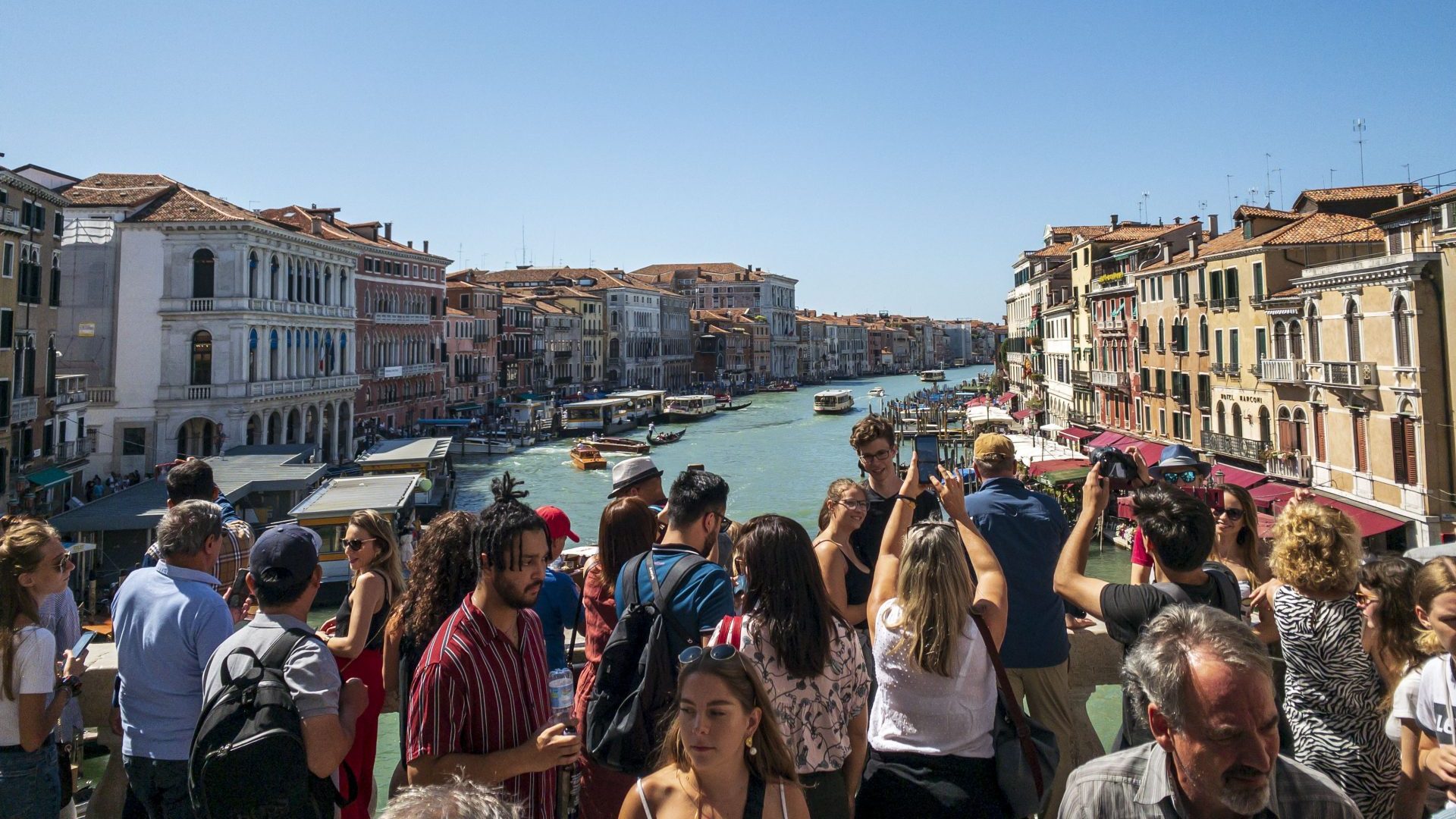On a small side road in Corbera d’Ebre, a town in Catalonia’s southern Terra Alta, the private museum of La Trinxera opens periodically. In lines of glass cases there are pistols, uniforms and rifles, cap badges, party pins, flags and manifestos.
On the wall, there’s a Ludo board for anarchists, while in another showcase, there’s a Bell & Howell film camera – “like that used by Robert Capa”, according to the caption, next to a “Chicago piano” – a Thompson sub-machine gun. On the floor, there’s a pile of helmets, all of which seem sized for five-year olds, but which were once all that stood between thin skulls and the whirr of spinning shrapnel.
Much of this collection was dug up in the fields around the town by Pere Sans, the museum’s owner and guide, or handed to him by farmers. Sans also has a photo album of his DIY bomb-disposal efforts – all undertaken in the neighbouring fields.
In one snap, he’s fearlessly unscrewing the detonator from an unexploded artillery shell. In another, he’s turning that 75mm round into a hat stand.
“Wasn’t that incredibly foolhardy and dangerous?” I ask, rather stupidly.
“Well, at least death would come quickly this way,” he replies. “Some I know spend a whole lifetime dying.”
In July 1938, here in the Terra Alta, the Spanish civil war saw its final, decisive battle – a desperate last offensive by the democratically elected Republican government against the nationalists of General Franco.
Attacking across one of Spain’s largest rivers, the Ebro, without air support, proper pontoon bridges or adequate equipment, the Republicans nevertheless achieved some initial success, pushing the franquistas back to the town of Gandesa, a few miles to the west of Corbera d’Ebre. Fierce fighting went on for months across this rough terrain, slashed with gullies known as barrancas and overshadowed by ridges.
The International Brigades formed much of the Republican attack force. These were volunteers from all over the world; Brits, Irish, French, German and Italian anti-fascists fought on this section of the front.
The brigadista casualties were astronomical – proportionately higher than in the British army on the Somme. Many of those who fought here – and in the ghastly retreats before and after the battle – are still missing.
Among them is the leader of the US volunteers, Robert Merriman – the inspiration for Robert Jordan in Ernest Hemingway’s For Whom the Bell Tolls.
“I will find him,” swears Sans. “One day I will find him!” and he leaves no doubt that if anyone can, it will be the owner of La Trinxera.
A German guide, Claudia Honefeld, takes us off to Hill 402. She came here to research the German brigadistas and ended up staying, joining Porta de la Historia, a group of foreign and local experts and guides. The hill was Republican HQ during part of the battle. It quickly became bogged down along a front stretching from here to Amposta, where the Ebro exits into the marshy flatlands of its Mediterranean delta.
Back in 1938 the hill was a bomb-blasted rock. A few trenches have been excavated and reconstructed, but the overwhelming feeling is one of intense vulnerability. Under relentless franquista artillery fire – then later, the bombs of the infamous Nazi Condor Legion – many soldiers died from wounds, killed by shards of rock that were sent flying by the explosions.
Later, over lunch, we argue over Republican tactics, whether it was the best way to have used its resources. It never recovered from this defeat, and within a few months, Franco’s forces were in Barcelona, Madrid had surrendered, and the war was over.
There is something uncomfortable about such discussions, undertaken safe in a restaurant decades later, while devouring delicious butifarra sausages and drinking wine. But the civil war has always been a great “what-if” of European and world history – a tale of great hope, betrayal and fratricidal slaughter.
Now, too, as Spain’s new franquistas, Vox, take their seats in several regional and local governments, the civil war still has valuable lessons to teach, out on the Terra Alta’s windswept hills.



